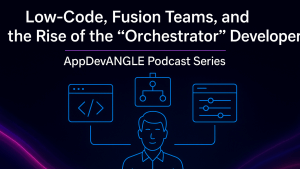This research brief is part of theCUBE Research coverage of the AI Agent Builder Summit 2025.
At the AI Agent Builder Summit hosted by theCUBE Research on April 16 and again on June 25, Ascendion emerged as an innovator in the AI-native software engineering market, powered by a truly agentic architecture. Co-founder and Chief Commercial Officer Arun Varadarajan presented a bold vision for the future of software development, one driven by hundreds of collaborating digital co-workers, dynamic goal-based workflows, and transparent, measurable value delivery.
Ascendion, a digital engineering and talent transformation company, is reimagining the Software Development Lifecycle (SDLC) with its AAVA platform. This platform is not just another DevOps tool or software development platform; it is an AI orchestration engine that powers lean, agentic software production across the full development lifecycle. Drawing from its deep client portfolio, global delivery capabilities, and AI-first development model, Ascendion is actively shaping the next generation of enterprise software innovation.
The company works across various industries, including banking & financial services, healthcare, life sciences, technology, and travel & hospitality, helping enterprises build intelligent platforms, modernize applications, and capitalize on the promise of digital transformation. As Arun put it during the Summit:
“Software [AI Agents] will write software. And humans will orchestrate, calibrate, and refine the process in real time.”
This brief analyzes what we learned from Ascendion‘s session at the AI Agent Builder Summit, which supports our collective conclusion here at theCUBE Research that Ascendion is a category leader in Agentic SDLC innovation.
Watch the AnalystANGLE
Multi-Agent Engineering Workflows
Ascendion‘s engineering model starts with AAVA (Ascendion’s Agentic Value Accelerator), a modular platform built from the ground up to operate through autonomous agents embedded across each role in the SDLC. These agents, more than 4,000 in use, support specialized studios for product managers, developers, designers, quality engineers, data scientists, and site reliability teams. In Arun’s words:
“We don’t just integrate AI. We build from it. Every part of AAVA is agentic, from ideation to delivery.”
Agents are trained on organizational context—such as coding standards, design systems, and tool preferences—and connect with over 80 DevOps tools (e.g., Jira, Jenkins, SonarQube, AppDynamics). This creates what Arun calls an “open kitchen model,” allowing clients real-time visibility into the software creation process.
From capturing business goals to generating user stories, writing code, and deploying to production, the agents in AAVA act like a digital scrum team. Each one contributes in sequence or parallel, managed by orchestration agents that optimize team workflows and timelines.
Ascendion’s studios support not only agent-driven execution but also agent creation itself. Users can define agents by assigning them roles, goals, backstories, outputs, and tools, all backed by knowledge bases and configurable memory. This allows clients to quickly develop custom agents that align with their business logic and operational environments.
From Tasks to Goal-Based Orchestration
Ascendion sets itself apart from competitors by shifting the focus from automation to orchestration. While many companies rely on generative AI assistants to automate tasks, Ascendion empowers agents to work together around shared goals.
As Arun Varadarajan noted during the AI Agent Builder Summit:
“We are moving from task-based AI to goal-first systems. You tell AAVA the kind of portal you want, and the agents come back with a solution. You’re not writing specs, you’re defining outcomes.”
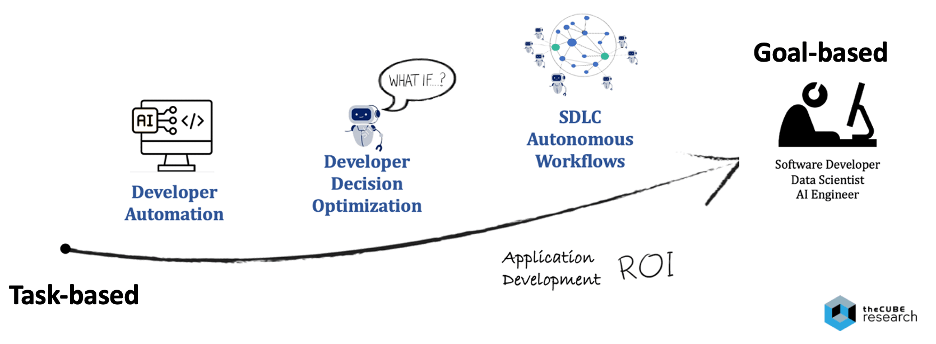
This goal-based approach allows teams to:
- Start projects by focusing on desired business outcomes, not just task lists.
- Create lean canvases, personas, feature lists, SWOT analyses, and product roadmaps.
- Convert goals into Jira epics, user stories, and coded components with embedded agents.
- Maintain full transparency and control throughout the process
In practice, Ascendion’s demo demonstrated how a product manager can input a simple goal (e.g., building a B2B content portal) and generate a comprehensive development pipeline that encompasses feature prioritization, persona modeling, technical architecture, and code deployment, all without any manual handoffs.
This approach significantly reduces friction, shortens project timelines, and closes translation gaps between business and engineering teams. More importantly, it unlocks a higher level of collaboration, where humans set the direction and agents deliver results.
Scaling Agentic AI Across the SDLC
Ascendion isn’t just piloting agents, it’s deploying them at scale. With nearly two million LinkedIn followers and a significant enterprise customer base, the company is uniquely positioned to lead the agentic transformation of enterprise software delivery.
TheCUBE Research estimates that while only ~10% of software today is created through agentic workflows, that number is projected to reach 70% by 2030. During that same period, the U.S. is expected to add over 800,000 developers who regularly work with AI agents.

As Arun described:
“Every developer will become a manager of agents. And every stakeholder, finance, CX, business, will be able to contribute with digital coworkers supporting them.”
AAVA+ enables this scaling through:
- Agent creation tools that take less than a day to build and deploy agents
- Support for domain-specific workflows (e.g., COBOL-to-Spring Boot modernization)
- Customizable training modules and knowledge repositories
- Continuous transparency via tools like OneView and Engineering Efficacy Dashboards
One of the most compelling Summit demos showcased AAVA orchestrating a COBOL code conversion. A chain of agents performed dependency analysis, design generation, code transformation, and testing, resulting in production-ready Spring Boot applications. Each phase was auditable, traceable, and modifiable.
This is digital labor at scale—not just augmenting work, but transforming how it’s conceptualized, executed, and evolved.
The Age of Digital Labor
As the era of agentic AI advances, Ascendion leads with a bold, innovative vision for the future of software development, arguing that traditional agile methods and even the software-as-a-service (SaaS) model are no longer sufficient in this new age.
Ascendion views the software development lifecycle (SDLC) as rapidly evolving into a space where AI agents act as digital colleagues, streamlining tasks and enabling developers to focus on higher-value work. According to Varadarajan, the market is advancing faster than many realize.
“We went from early marquee clients to a deluge of demand in a matter of months. Clients are disillusioned with narrow tools that only solve coding. They’re looking for end-to-end transformation.”
Ascendion is ushering in what it calls Lean Software Engineering, a discipline designed for a world where AI agents automate parallel workflows across the entire stack. The company considers agile an outdated response to waterfall methods that has, over time, become bloated and inefficient. In contrast, lean engineering emphasizes velocity, visualization, and outcome-driven workflows powered by autonomous AI agents. As Arun Varadarajan pointed out:
“Agile’s ceremonies and structures no longer serve modern engineering needs. What clients want is speed, predictability, and the ability to visualize outcomes early. Agentic AI makes this possible.”
By deploying agents across the user interface, business logic, API, database, AI services, and infrastructure layers simultaneously, Ascendion enables teams to deliver iterative builds faster, allowing clients to interact with near-final application prototypes from the beginning. This immersive visibility accelerates decision-making, reduces rework, and shortens time-to-value.
The move to digital coworkers is reshaping developers’ responsibilities.
“You won’t get hired for knowing Python or any other technology anymore. You’ll be hired for knowing how to solve problems and manage workflows using software.”
In Ascendion’s model, engineers serve as managers of intelligent agents. They set outcomes, coordinate workflows, verify results, and guide iterations.
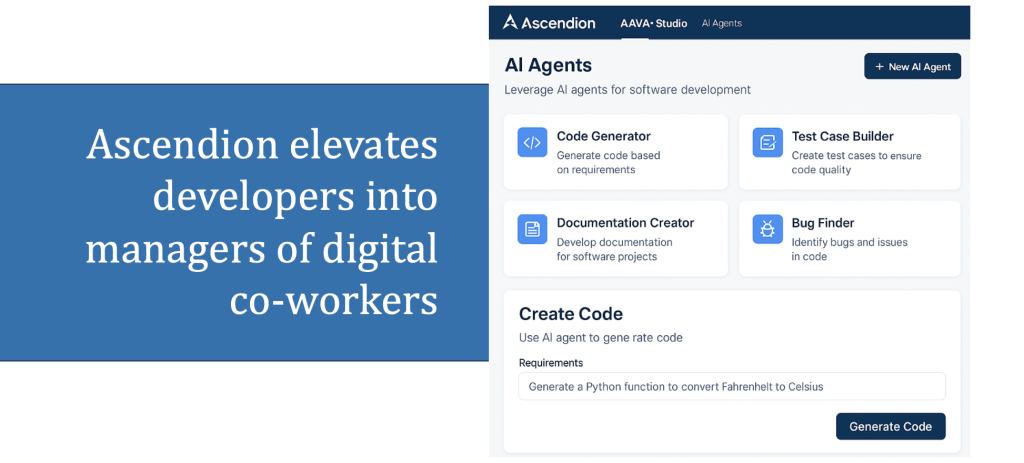
Ascendion AAVA marks a real breakthrough in AI-driven software development by introducing digital co-workers (intelligently adaptable AI agents) into the core of the software development lifecycle (SDLC). These agents are not just automation tools; they function as collaborative teammates alongside human developers. AAVA agents handle essential yet repetitive tasks such as generating code, creating test cases, documenting technical components, and even finding bugs—all while fully complying with enterprise governance, quality, and compliance standards. This partnership between human and digital talent not only accelerates development but also enables human engineers to focus on higher-value strategies, innovation, and oversight.
What sets AAVA apart is its ability to orchestrate workflows that are contextual, secure, and goal-oriented, infusing intelligence into every stage of the SDLC. Developers can direct, review, and refine the output of AI agents through intuitive interfaces, creating a new paradigm of software development where human expertise guides the execution of AI-automated tasks. This hybrid model, which combines human ingenuity with machine efficiency, enables enterprises to scale development, ensure consistency, and maintain transparency across distributed teams. With AAVA+, Ascendion is leading the way toward a future where software is not just built faster but built better, with AI integrated into the core of digital craftsmanship.
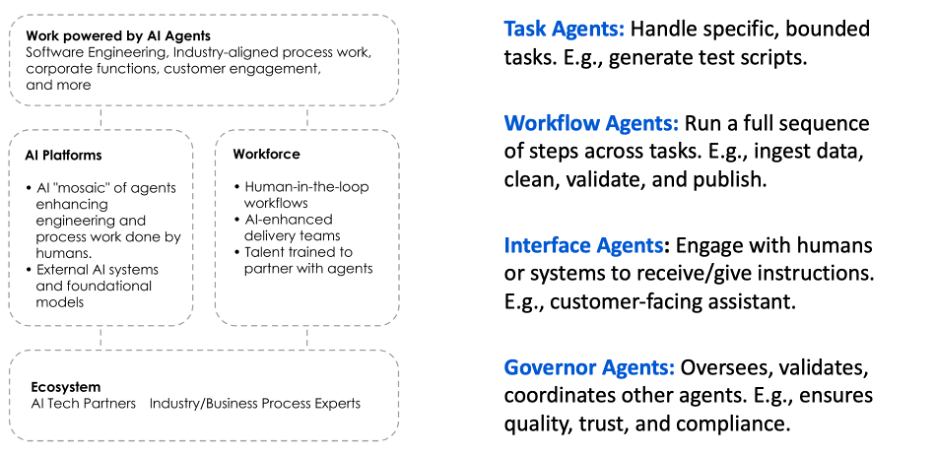
Reimaging Software, Buttoms Up
Ascendion sees agentic AI disrupting the economics of build vs. buy. The SaaS model was a response to the limitations of speed and capacity in building custom solutions. But with agentic AI, that limitation is fading away. Companies can now rapidly build bespoke applications tailored to their exact needs, without waiting on SaaS vendors or dealing with bloated feature sets.
“You buy 100% of a SaaS app but only use 20%,” Varadarajan explained. “Agentic AI lets you build just the 20% you need—faster, cheaper, and with full IP ownership.”
Even low-code/no-code platforms, once hailed as enablers of fast development, are being eclipsed. Ascendion builds native code that customers own outright, avoiding lock-in and enabling faster innovation, through a fully open, interoperable, and extensible platform. We believe this is a critical element of any future-state SDLC solution.
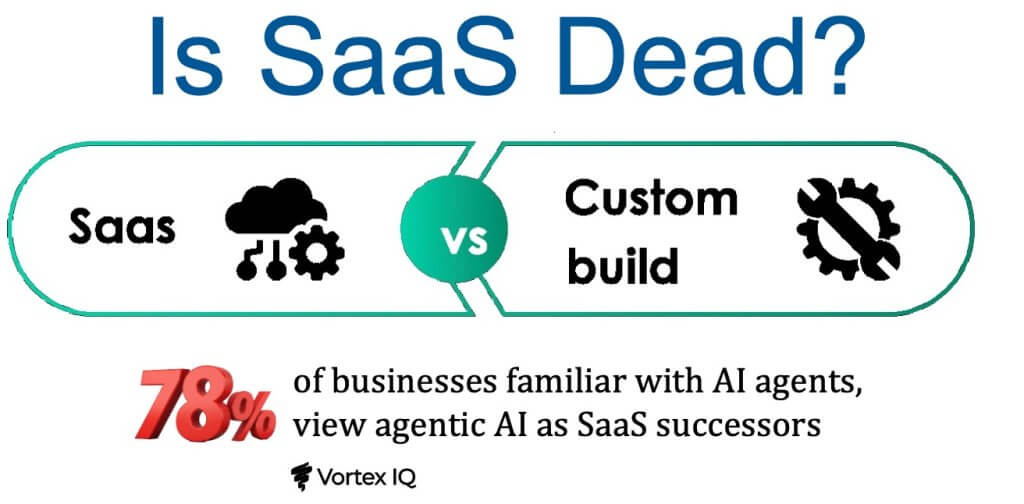
Ascendion’s clients are already seeing transformative results:
- A healthtech startup accelerated its time-to-market from 24 to 10 months
- A global bank shortened a multi-year savings plan from five years to two.
- A tech firm achieved up to 70% savings in product engineering costs using Ascendion’s approach.
CFOs can now focus less on things like bill rates and instead focus on the total cost of IT. Ascendion asserts that its potential isn’t about incremental gains — it’s about achieving transformational cost reductions that promise to be more than half the original cost. Agentic AI delivers more than just improved velocity and cost-efficiency; it also embeds trust, traceability, and compliance directly into the software development process.
Ascendion’s methodology focuses on addressing business pain points—such as legacy modernization, product delays, or unsustainable tech spending—rather than just a proof of concept. From there, it supports clients in launching pilots, adopting lean software development practices, and expanding agentic AI capabilities across their organizations.
By adopting lean software engineering and intelligent digital co-workers, customers can develop a new generation of customizable, composable applications more quickly and at a significantly lower cost. theCUBE Research has been promoting the idea that traditional SaaS methodologies are gradually becoming obsolete, and Ascendion’s leadership inspires us in this area. Simply put, the future isn’t just agile; it’s agentic, where human and digital workers collaborate in real-time across workflows and teams to dynamically build software “on demand” without the constraints of Agile myths or SaaS architectures.
It’s not just about having great engineers. It’s about enabling them to work alongside powerful agents that automate, enhance, and accelerate engineering results. AAVA+ effectively bridges the gap between business, IT, and operations, creating seamless experiences across the Software Development Lifecycle (SDLC), delivering value to business leaders, users, and driving measurable ROI.
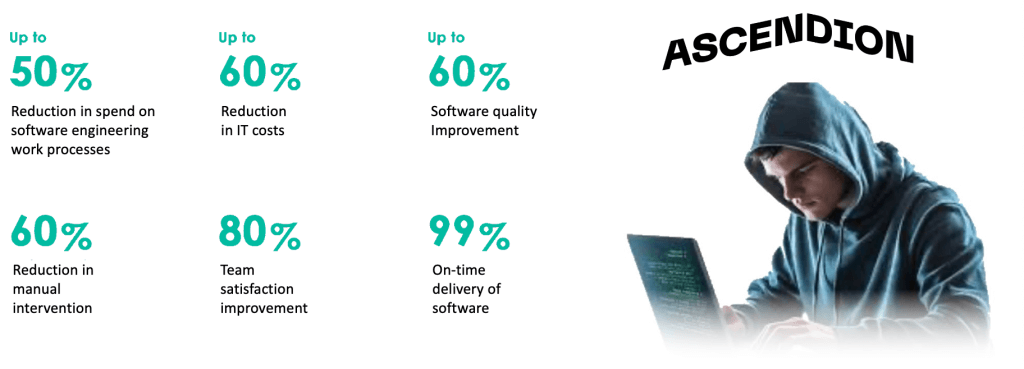
Watch The Ascendion Session
Arun Varadarajan is the co-founder and Chief Commercial Officer of Ascendion. With over two decades of experience in enterprise technology, Arun has played a pivotal role in shaping Ascendion’s mission to “recode the future of work,” helping clients radically accelerate innovation through intelligent engineering systems.
At Ascendion, Arun has led the development and go-to-market strategy for AAVA+, the company’s agentic AI platform that enables software to create other software. Under his leadership, Ascendion has positioned itself at the forefront of engineering transformation, delivering scalable, transparent, and cost-efficient AI-powered solutions across various industries. Arun is a passionate supporter of agentic AI as the next step beyond traditional software development models, asserting that the future belongs to systems that are goal-oriented, autonomous, and continuously learning.
Our Conclusion
Ascendion isn’t just participating in the agentic AI revolution — it’s shaping it. The company’s ability to deploy AI agents throughout the entire software development lifecycle, based on goal-driven thinking and transparency, positions it ahead in one of the most significant technological shifts of the decade.
“Agile isn’t dead—but it’s going to evolve. Pre-built SDLC structures can’t keep up. We’re heading into a dynamic world where AI agents help software write itself.”
Its AAVA platform delivers:
- Full-stack agentic workflows across SDLC roles
- Modular agent creation and training
- Deep integration with enterprise DevOps and IT systems
- Measurable improvement in software velocity, quality, and trust
theCUBE Research considers Ascendion a leader in Agentic SDLC transformation. For CIOs, CTOs, and engineering leaders looking to accelerate time-to-value, enhance code quality, and future-proof their development practices, Ascendion provides a proven and visionary path forward.
For more: Visit the Ascendion portal at the AI Agent Builder Summit for session videos, insights, and resource materials.
This analyst brief is part of theCUBE Research coverage of the AI Agent Builder Summit 2025.

